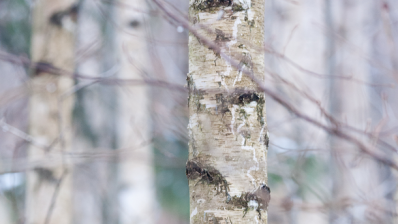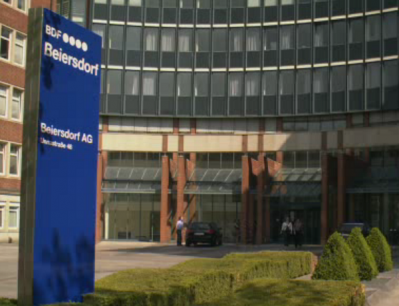Singapore team discover skin cell ‘bridge’ to aid skin regeneration

Led by Professor Lim Chwee Teck from the Mechanobiology Institute (MBI) at NUS and Professor Benoit Ladoux from MBI and Institut Jacques Monod, the scientists discovered how skin cells can migrate over regions devoid of support from the extracellular matrix, which are structural proteins that allow cells to adhere to.
Moving forward, the team will continue to push the boundary of tissue mechanobiology research by investigating the physical and mechanical properties of skin cells.
Better understanding
This research will enable scientists to have a better understanding of the changes associated with certain skin diseases such as blistering diseases and those that occur during the course of ageing.
“We need to conduct an in-depth study of the various factors regulating wound healing so that we can better understand the process of tissue repair and regeneration,” explains Professor Lim.
“Our study will hopefully pave the way for designing better alternatives that can overcome the current limitations in the field of skin tissue engineering and promote satisfactory skin regeneration.”
The ability of skin to act as a barrier is primarily determined by the efficiency of skin cells to maintain and restore its continuity and integrity.
During wound healing layers of human outer skin cells, or keratinocytes, migrate collectively to maintain their cohesion despite heterogeneities in the extracellular matrix.
Research
Using micro fabricated technology, the research team found that keratinocytes, are able to form suspended multicellular ‘bridges’ over regions devoid of extracellular matrix support.
Migrating keratinocytes are able to move forward as a united and homogenous collection of cells to form a protective barrier over a wounded area.
According to Lim’s team, these cells eventually come together to form suspended ‘bridges’ over regions which are not conducive for cell adhesion.
“Our findings suggest that multicellular bridges maintain tissue integrity during wound healing when cell–substrate interactions are weak and may prove helpful in the design of artificial scaffolds for skin regeneration,” says the study.
The research findings were first published online in the scientific journal Nature Materials.
_____________________________
Sri Ram Krishna Vedula, Hiroaki Hirata, Mui Hoon Nai, Agustı´ Brugués, Yusuke Toyama, Xavier Trepat, Chwee Teck Lim, Benoit Ladoux. Epithelial bridges maintain tissue integrity during collective cell migration. Nature Materials, 2013; DOI: 10.1038/nmat3814









![[Getty Images]](/var/wrbm_gb_food_pharma/storage/images/_aliases/wrbm_tiny/publications/cosmetics/cosmeticsdesign-asia.com/china/china-focus-latest-developments-in-china-s-booming-beauty-market22/17370102-1-eng-GB/China-focus-Latest-developments-in-China-s-booming-beauty-market.jpg)
![YSL's LoveShine launch has sparked a demand surge in Japan. [YSL]](/var/wrbm_gb_food_pharma/storage/images/_aliases/wrbm_tiny/publications/cosmetics/cosmeticsdesign-asia.com/article/2024/04/24/ysl-loveshine-launch-propels-lip-gloss-sales-to-record-highs-in-japan-since-2020/17372064-1-eng-GB/YSL-LoveShine-launch-propels-lip-gloss-sales-to-record-highs-in-Japan-since-2020.jpg)
![There is significant scope for innovation and new launches in the hair repair sector, especially in soaring markets such as China. [Getty Images]](/var/wrbm_gb_food_pharma/storage/images/_aliases/wrbm_tiny/publications/cosmetics/cosmeticsdesign-asia.com/article/2024/04/24/croda-zeroes-in-on-hair-repair-solutions-as-damage-hair-concerns-surge-in-markets-like-china/17362731-1-eng-GB/Croda-zeroes-in-on-hair-repair-solutions-as-damage-hair-concerns-surge-in-markets-like-China.jpg)



![Lubrizol has extended its partnership with C-beauty major PROYA. [PROYA]](/var/wrbm_gb_food_pharma/storage/images/_aliases/wrbm_tiny/publications/cosmetics/cosmeticsdesign-asia.com/headlines/brand-innovation/lubrizol-bullish-on-potential-of-c-beauty-growth-potential/17362515-1-eng-GB/Lubrizol-bullish-on-potential-of-C-beauty-growth-potential.jpg)



